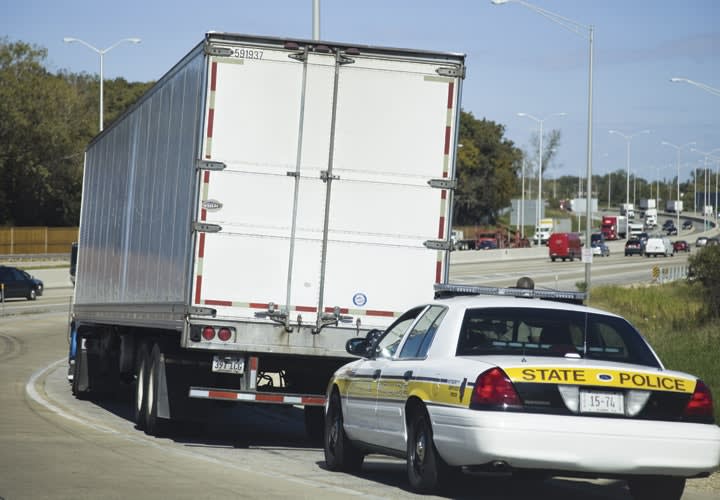License and Registration
In order to overcome your reluctance to stopping these large vehicles, you need to change your mindset. Don't think of that rig as some large, foreign beast that nobody wants to deal with. Instead, think of it as a "big car."
I know you've heard this one before, but size doesn't matter. Whether it's a compact car on the road, or a semi-tractor trailer, they all need the same basic paperwork: license, registration, and proof of insurance. Of course the operators of these big rigs are required by law to carry additional paperwork with them, but start off with the basics: license, registration, and proof of insurance.
Now, when you ask for these three items the trucker is likely to hand you a big three-ring binder with a whole bunch of paperwork stuffed into it. They do this to confuse and intimidate you, or to see how much you really know. Why? Because they know most officers have no idea what they're looking at, or looking for, so they hope to either get out of a possible citation, or to intimidate you into not looking any deeper into what they may be doing or carrying.
If a trucker does this to you, politely, and with a big smile on your face, hand the binder back to him and tell him that you don't have time to sort through all of his paperwork. Advise him that it is his responsibility under the law to produce his driver license, the registrations for both the tractor and the trailer, and proof of insurance. Advise him that if he fails to produce the proper paperwork to you, that he will be issued the proper citations and his vehicle could be towed. You'll be surprised by how quickly the requested paperwork appears in your hand.












